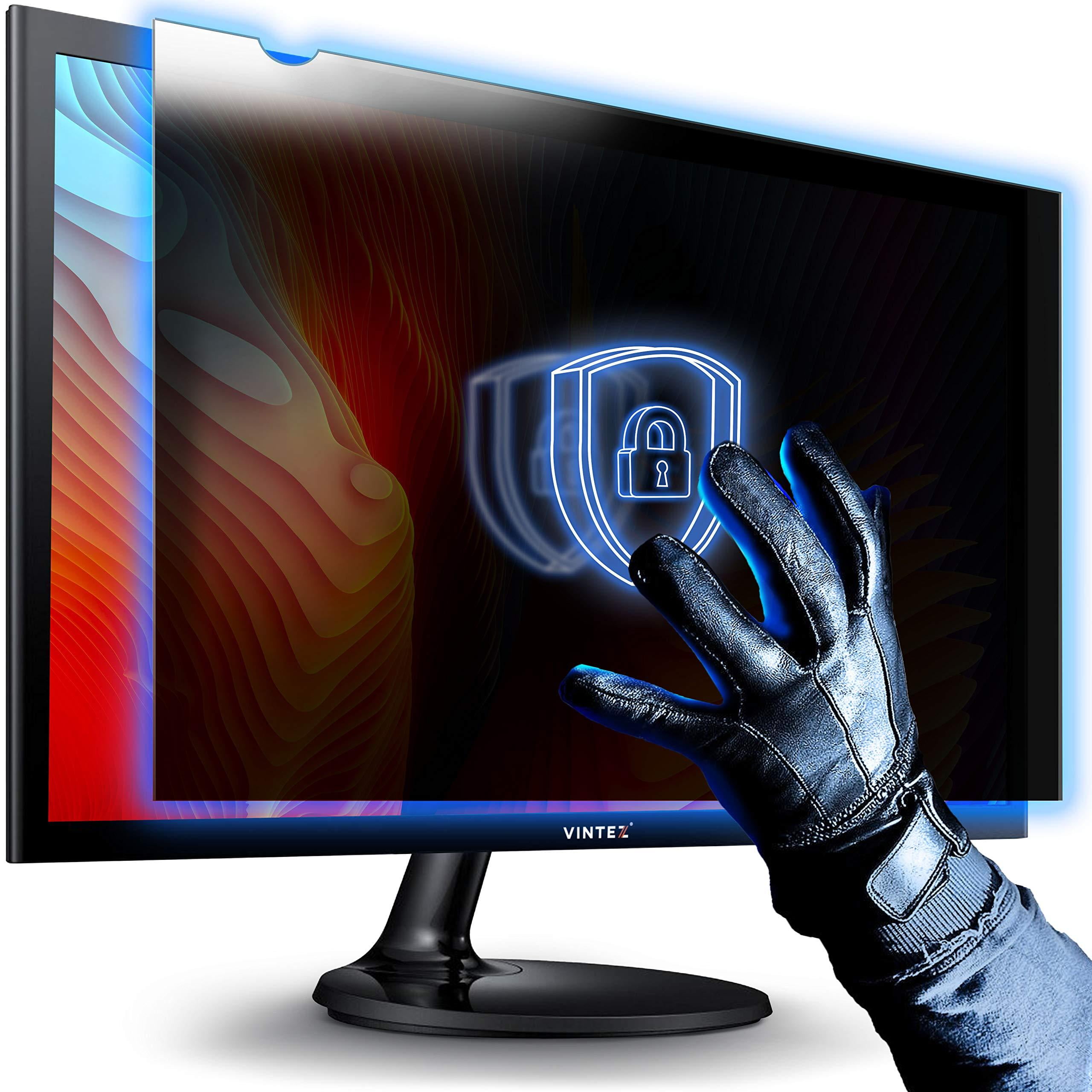

Think about how much personal data is displayed on a typical nurse’s station or bank teller’s computer. Moreover, visual data protection becomes unavoidable if you regularly work with confidential data like medical records, financial transactions, or clients’ work protected by non-disclosure agreements. And if you’re not protecting your data from prying eyes nearby, you’re opening up very dangerous vulnerabilities for you and your organization. You never know who is watching (or recording) your work. Nor does a screen in a small team of trusted colleagues in a windowless room.īut if you work in a public space – either in the general public or at a large organization – then securing the content on your monitor becomes an essential security measure. Your home computer probably doesn’t need to secure visual data. To be honest, there are many contexts in which screen privacy is completely unnecessary. With all the modern focus on cyber-security protecting us from online threats, it’s easy to forget the low-tech security vulnerabilities like what people can physically see on your display or important documents you have just lying around. But have you ever wondered who else is also looking?

From online banking and business transactions to social media and personal communications, we access a huge amount of sensitive information through our screens. Screen privacy is a problem in an increasingly data-driven society. Or learn more about ViewSonic’s advanced screen privacy filters. Keep reading to learn everything you need to know about screen privacy. Also, you’re not going to want to miss the deep dive into one of the most effective tools: privacy screens for your monitor. Luckily, there are a number of actions you can take right away to resolve data vulnerabilities. It is surprisingly easy to steal visible data with low-tech visual hacking techniques.

There are also anti-glare filters on the market which reduce screen glare for the user, as well as anti-dust and anti-static filters that combat those problems.Screen privacy is a major concern when dealing with sensitive data, and it’s a problem we don’t think enough about. Ensure that any products you buy that need clasps comes with them because they are difficult to replace individually. Others use clips or clasps to hold them in place. Some filters are so exact in their measurement that they can just snap right into the monitor without clasps, using physics to keep them in place. This will result in a measurement in inches that can be used to choose the correct privacy filter. Only measure the display and not any plastic framing. Measuring your screen can be done diagonally from the top left corner to the bottom right corner. LCD computer monitors are the thin and modern, then there are laptop and notebook screens which are pretty self explanatory. CRT monitors are the old fashioned big box types. Firstly, determine the type of screen you have. Privacy filters come in a range of styles and sizes, but the most important thing to get right is the size. Choosing a computer screen privacy filter Many ATMs also use this feature and computer screen privacy filters bring a simplified version of this technology to the private computing market. They are ideal for entering personal details in a public place or for use in public facing offices such as reception desks or kiosks. It allows you to see the screen while looking directly at it, but viewing from the side or from a distance shows only a heavily tinted screen, making it difficult or near impossible to see what is going on.

A thin plastic sheet that protects your computer screen from prying eyes, computer screen privacy filters are essential for when you need to keep your documents private.


 0 kommentar(er)
0 kommentar(er)
